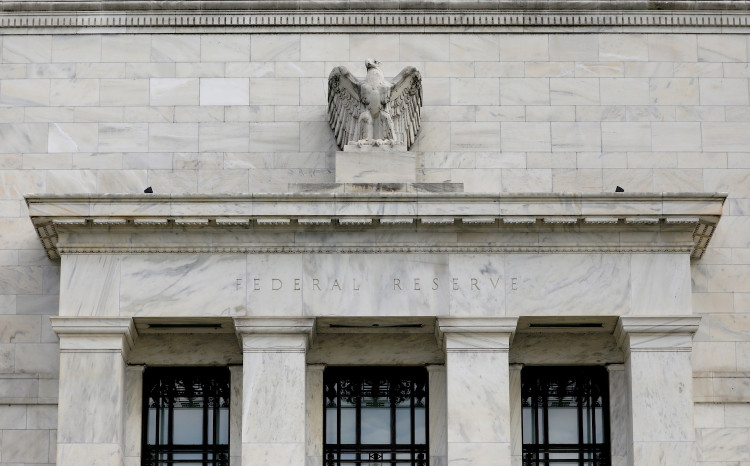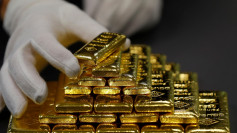The Bank of England cut its benchmark interest rate by 25 basis points to 4.5% on Thursday, marking its first rate reduction of 2025 and signaling further cuts ahead as policymakers confront weak economic growth. The move was widely expected following a series of sluggish data releases, but the central bank's decision to slash its 2025 growth projection from 1.5% to 0.75% caught markets off guard.
The rate cut was approved by a seven-member majority on the Bank's nine-member Monetary Policy Committee (MPC), with two members advocating for an even steeper reduction to 4.25%. Bank of England Governor Andrew Bailey said the decision reflects progress in reducing inflation but cautioned that future rate adjustments will be made cautiously. "We expect to be able to cut bank rate further as the disinflation process continues. But we will have to judge meeting by meeting how far and how fast," Bailey told reporters.
Britain's inflation rate eased to 2.5% in December, below economists' expectations, while core inflation continued to trend downward. The Bank reaffirmed its 2% inflation target, stating in its policy announcement that "substantial progress on disinflation over the past two years" has allowed for monetary easing. However, it warned that "a gradual and careful approach to the further withdrawal of monetary policy restraint is appropriate."
The UK economy has shown little momentum in recent months. GDP data for the third quarter indicated stagnation, with output flatlining after a 0.1% contraction in October. Weak consumer spending and disappointing retail sales figures have further underscored concerns about sluggish domestic demand. The Bank's revised growth forecast paints a more pessimistic picture of the economy's near-term trajectory, particularly as geopolitical risks and trade tensions weigh on sentiment.
Chancellor Rachel Reeves welcomed the rate cut, calling it "welcome news" but emphasizing that she remains "not satisfied with the growth rate." Reeves, who has faced mounting pressure over tax increases introduced in last year's budget, said the government is committed to "taking on the blockers to get Britain building again, ripping up unnecessary regulatory barriers and investing in our country to rebuild roads, rail, and vital infrastructure."
Economists are now weighing the likely pace of additional rate cuts in 2025. Kallum Pickering, chief economist at Peel Hunt, noted that the Bank may signal another cut as early as March, though the most likely scenario remains a "one-cut-per-quarter" pace, with the next reduction expected in May. He also highlighted risks from global trade tensions, particularly as President Donald Trump prepares to impose tariffs on U.S. trading partners, including the UK and the European Union.
Financial markets remain uncertain about the Bank's long-term rate trajectory. Some analysts believe inflation risks could delay aggressive monetary easing, particularly as new business tax increases take effect. Ashley Webb, UK economist at Capital Economics, noted that "despite the recent weak news on activity and the uncertainty around the global outlook due to Trump's US import tariffs, the stronger news on domestic price pressures means the Bank of England will probably continue to cut interest rates only gradually."
The central bank's latest decision comes amid rising concerns over the UK's long-term economic health. Business leaders have warned that Reeves' tax policies could stifle investment and hiring, further dragging down growth. The Labour government has defended its fiscal approach, arguing that tax hikes are necessary for economic stability and that further borrowing or tax increases are not planned.
Bailey emphasized that monetary policy alone cannot resolve the UK's economic challenges, stating that "low and stable inflation is the foundation of a healthy economy and it's the Bank of England's job to ensure that." With rates now at their lowest level since mid-2023, policymakers will be closely watching upcoming data to assess the impact of easing measures on growth and inflation.





